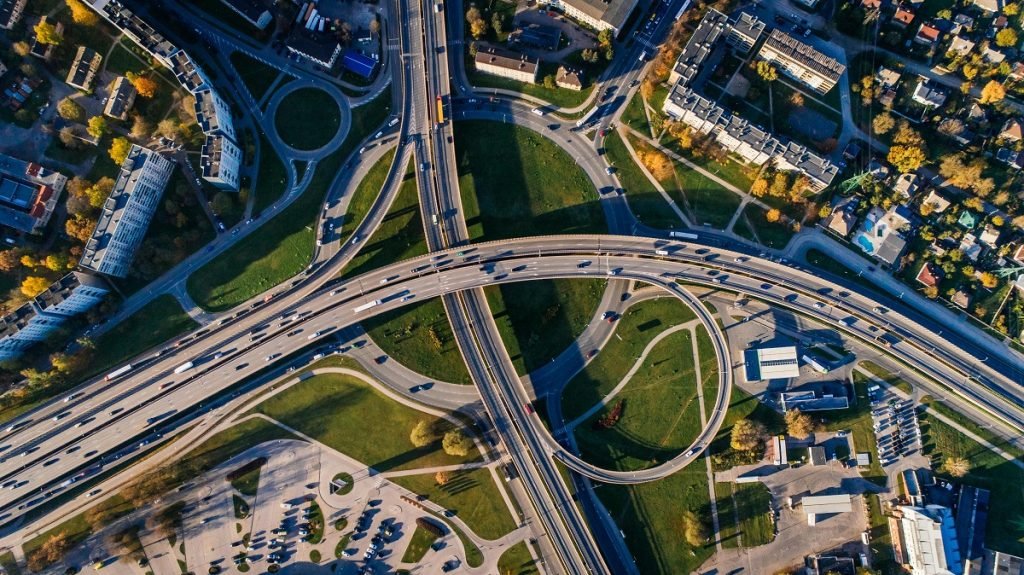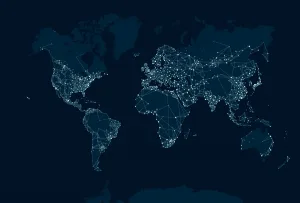The World’s Longest Motorways: The Giants of Global Infrastructure shares amazing details. Most of our lives are lived within a relatively small radius: work, home, school, the grocery store, and so on. We tend to stick to familiar routes and destinations, rarely venturing too far beyond our comfort zones. Sure, the occasional longer trip reminds us of everything else that’s out there, but the sheer scale and vastness of our surroundings is easy to lose sight of amid the everyday routine. It’s only when we step back and consider the bigger picture that we realize just how much more there is to explore.
To help you regain a sense of just how awe-inspiringly huge and diverse our world really is, here’s a look at the five longest highways networks on the planet. These are roads that stretch for thousands of miles, crossing multiple countries, terrains, and climates. You can get on any of these highways and just drive … and drive … and drive, experiencing an ever-changing landscape and countless new sights along the way. So buckle up, settle in, and prepare to have your sense of scale thoroughly expanded.
For me, one of the most powerful reminders of the world’s immensity is the existence of its longest highways. These are road networks that span not just cities or regions, but entire continents and countries. They stretch for thousands upon thousands of miles, crossing borders, terrains, climates, and cultures. To drive one of these highways from end to end is to take a journey through an almost unimaginable diversity of landscapes and human experiences.
So today, I want to take you on a virtual road trip along five of the longest highway networks in the world. We’ll start in the far north and work our way south, covering hundreds of miles with every paragraph. By the end of our journey, I hope you’ll have a renewed sense of appreciation for the mind-boggling scale and variety of the world we live in. So grab a snack, settle in, and let’s hit the road!
Pan-American Highway: An Atlantic Journey
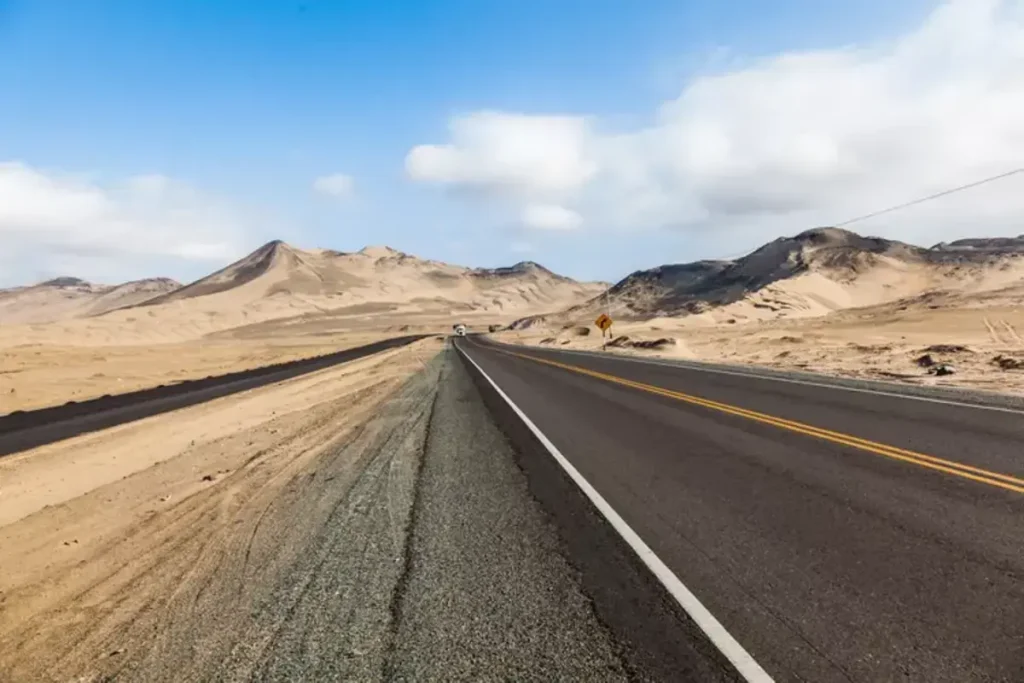
Beginning at the northernmost point on the Pan-American Highway, Prudhoe Bay, Alaska, is a chilly wilderness. From this point on, a route spanning twelve different countries and every type of terrain imaginable stretches south for around 19,000 miles.
On the first part of our tour, we may spot grizzly bears hunting salmon in shimmering streams as we pass through the wild beauty of Canada’s Yukon Territory. Crossing into the lower 48 states and entering the wide, open spaces of the American West, we pass past Yellowstone, the Grand Canyon, and many other natural wonders.
The scenery becomes more lush and tropical the farther south one goes across Mexico and Central America. While Panama’s busy city gives us a taste of opulent metropolitan living, Costa Rica beckons us with its vibrant fauna and ethereal cloud forests. Here the Darien Gap, a 60-mile stretch of dense jungle that divides Panama and Colombia and is impassable by road, partly but significantly impedes our trip. To proceed on our trip, we will have to quickly detour by boat or plane.
Reunited with the road in South America, the Andes mountains greet us with their snow-capped peaks towering over quaint colonial towns and the ruins of long-gone civilizations. We zip across Ecuador, Peru, and Chile, observing the dramatic contrast between ancient monuments and glittering skyscrapers.
The last leg of our trip is in the windswept plains of Patagonia, where condors and guanacos much outnumber people and gas stations. About 19,000 miles from our starting point, at the southernmost point of Argentina, in the far-off port town of Ushuaia, we finally stop. The odometer confirms that we have driven the entire length of two continents, hence this is the parent of all road trips.
Australian Highway 1: The Greatest Driving Experience
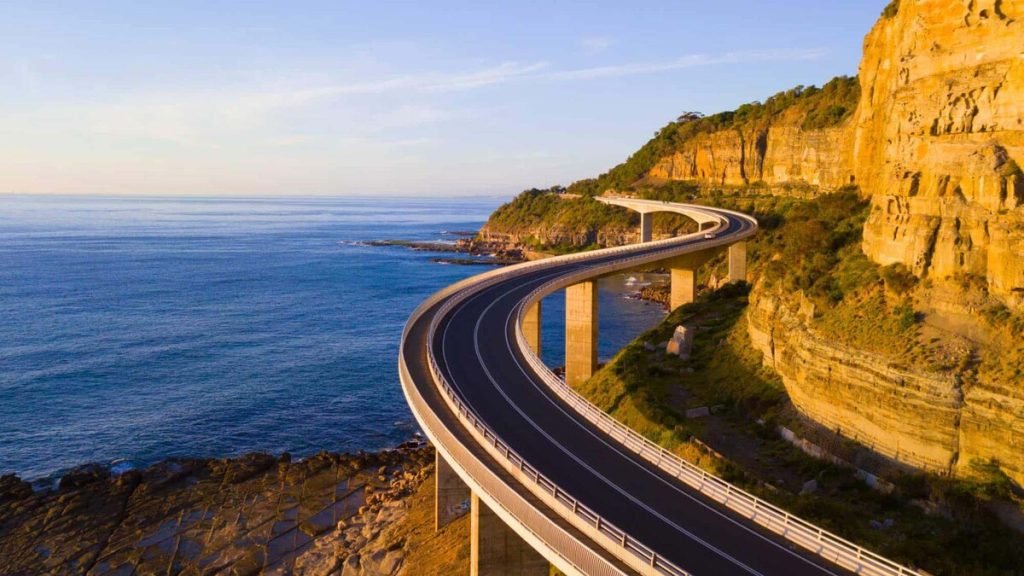
Explore Australia’s Highway 1 underwater with us. The 9,000-mile longest national road in the world, this ring road encircling the entire continent like a massive asphalt necklace.
Leaving Sydney, we head north after passing by the iconic Opera House and Harbour Bridge. Some of Australia’s most well-known beaches are passed by the coastal route, including the stunning sands of the Gold Coast and the wild and windswept Sunshine Coast.
Traveling north, we come to Queensland, a verdant tropical state where the Great Barrier Reef and prehistoric rainforests vie for our attention. We head inland to Uluru, the enormous red rock formation that appears to rise out of the barren outback.
We are stunned by the unspoiled, wild beauty of the Kimberley region, where, as we traverse the Top End and head west, waterfalls plunge into deep gorges and crocodiles lounge on riverbanks. The road swings south along the west coast after passing through the energetic cities of Darwin and Broome.
Here the land gets increasingly barren and parched and the cities get fewer and farther apart. Driving across the eerie lunar landscape of the Nullarbor Plain, where the roadway runs arrow-straight for hundreds of kilometers, is an odd experience. Finally, having completed the circuit, we head back to Sydney, a little worn out by the trip but with a fresh appreciation for the diversity and enormity of this island country.
Crossing Russia’s Wilderness: The Trans-Siberian Highway
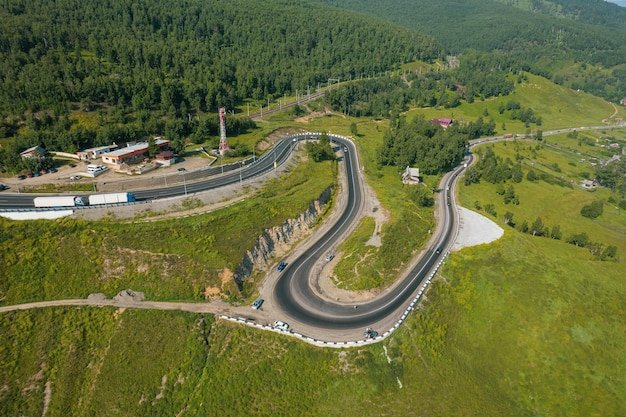
The immensity and remoteness of few road trips can match the Trans-Siberian Highway. This 6,800-mile route spans Russia from the Pacific Ocean in the east to the Baltic Sea in the west.
The opulent houses and museums the tsars built astonish us when we start our journey in St. Petersburg, the cultural capital of Russia. Heading east, we pass over the stunning villages and undulating hills of the Russian countryside, stopping to sample borscht and vodka.
Asia is more wild and desolate once one passes through the Ural Mountains. We go for hours on end through broad, meandering rivers and deep taiga forests without ever seeing another car. As the road conditions deteriorate, we are bouncing along on rutted, unpaved pathways.
Siberian conditions are among the toughest on Earth. Winter lows may drop as low as -50°F, and the permafrost under the road turns to mud during the brief summer thawing. We keep on, going by remote settlements where people fight to survive in the harshest circumstances.
We spend weeks driving until we arrive at Vladivostok, a busy port city on the Sea of Japan, at the end of the journey. After crossing a continent, experiencing all of Russian landscape and culture, we have a fresh respect for the human spirit’s tenacity.
Coast to Coast Trans-Canada Highway
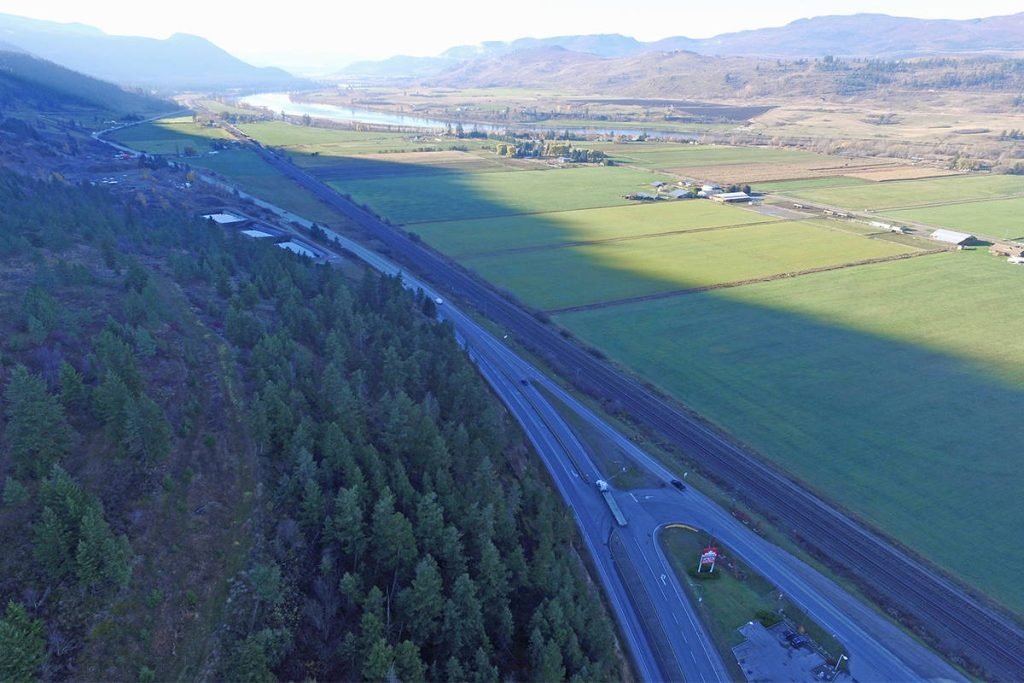
Our next trip takes us back to North America, where we travel the Trans-Canada Highway. This 4,860-mile road links Victoria, British Columbia, on the Pacific coast with St. John’s, Newfoundland, on the Atlantic coast.
We begin our trip by strolling along Vancouver Island’s wild coast and towering cedars before boarding a ferry to the mainland. Through the incredibly gorgeous Canadian Rockies, the drive winds past jagged, snow-capped peaks and turquoise lakes.
We are struck by how huge the country is as we come out of the mountains onto the plains. Fields of wheat and canola stretch to the horizon all around, broken now and again by a single farmstead or grain silo.
We stop along the way to savour poutine and maple syrup as we pass through vibrant, multicultural cities like Toronto and Ottawa in the Great Lakes region. Then, heading north, the road winds through the wild and sparsely populated areas of northern Ontario and Quebec.
The Atlantic provinces are finally reached, their craggy shores interspersed with quaint fishing villages and lighthouses. By the time we get to St. John’s, the energetic capital of Newfoundland, at the end of our journey, we feel as though we have seen every scenery and culture on the continent.
Traveling Through a Historic Region: India’s Golden Quadrilateral
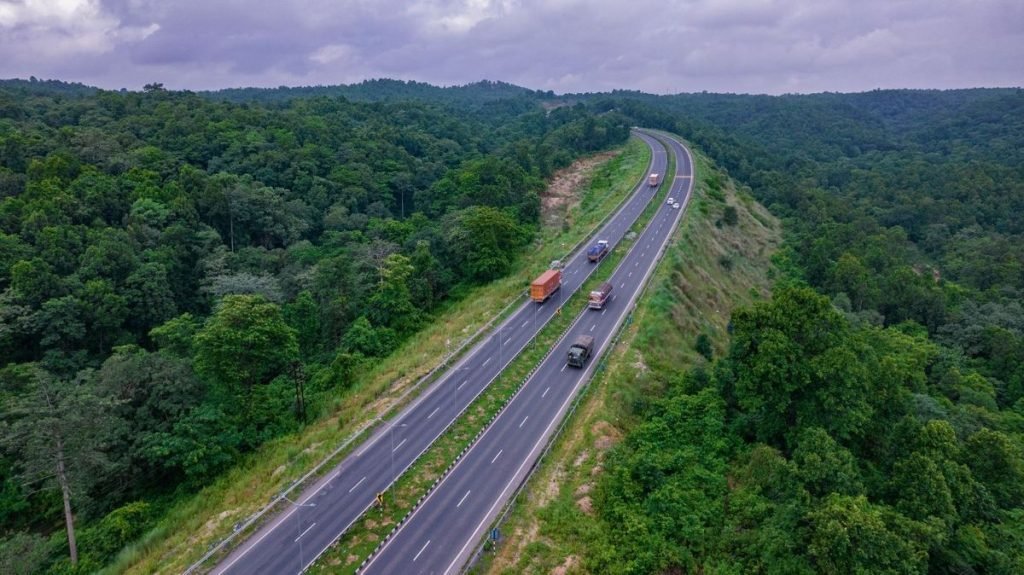
This is our last road trip to the Golden Quadrilateral in India. This 3,600-mile highway network links Delhi, Mumbai, Chennai, and Kolkata—the four largest metropolises in the country.
Our journey starts in Delhi, a thriving metropolis where modern skyscrapers combine with traditional landmarks like Red Fort and Jama Masjed. The road takes us south over the dry plains of Rajasthan, where we may admire magnificent palaces and comels and elephants amid the automobiles.
Traveling farther south gets you to Mumbai, the biggest city and economic center of India. Winding through the Western Ghats, a steep region filled in lush, tropical vegetation, the road drops to the sun-drenched beaches of Goa.
Then we travel east, following the coast as we go by the rice terraces and coconut plantations of Tamil Nadu and Kerala. Mahabalipuram’s ancient temples and Pondicherry, an old French town, offer a window into India’s complex and long past.
Then we return north, passing through the busy cities of Chennai and Kolkata, where the old and the new collide in a bewildering sensory explosion. The final section of the trip takes us through the lush tea plantations of Darjeeling, bringing us back to Delhi with a fresh respect for this large nation’s remarkable variety and vigor.
Conclusion
On our virtual road journey, we have visited far-flung parts of the globe and encountered a diverse array of cultures and landscapes. The amazing richness and breadth of our world, together with the human drive to discover, connect, and overcome obstacles, are now better understood to us.
These road systems are more than just unending miles of asphalt; they are monuments to human inventiveness and the inexhaustible spirit of adventure. They remind us that, no matter how vast and frightening the globe may seem, we are able to navigate it, enjoy its beauties, and establish relationships with other travellers along the way.
So bear in mind that all you need to explore the enormous universe that awaits you is an open road and a full tank of gas the next time you feel limited by the routine of daily life. Every corner has adventure. You only have to get behind the wheel.
